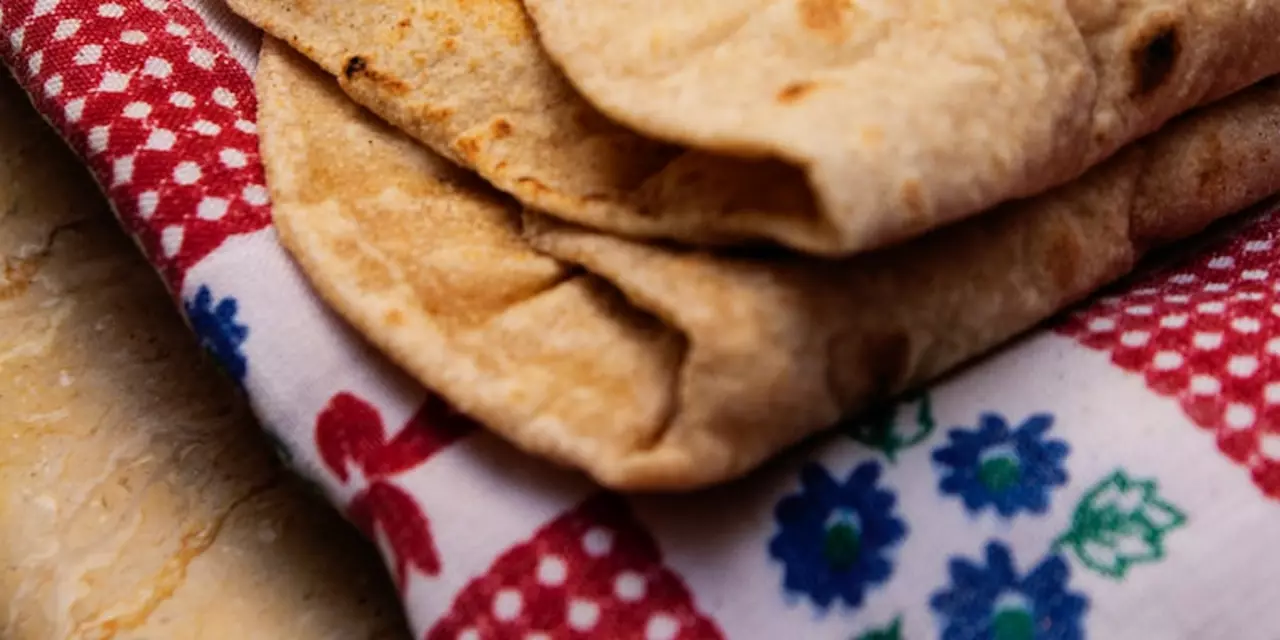Indian Cooking Tips & Tricks You Can Use Today
If you’ve ever struggled with sticky rice, bland dal, or burnt curry, you’re not alone. The good news? A few smart kitchen tricks can turn those frustrations into delicious wins. Below are the most practical hacks that Indian home cooks swear by. Grab a pen, try them out, and watch your meals improve instantly.
Speed Up Rice and Dal with a Pressure Cooker
One of the fastest ways to get fluffy rice or perfectly cooked dal is to use a pressure cooker. Just add the right water‑to‑grain ratio, close the lid, and let the steam do the work. You’ll cut cooking time in half and avoid the mushy texture that happens when you over‑cook on the stovetop. Remember to release the pressure naturally for rice and quick‑release for dal to keep the grains separate.
Control Sweetness and Sourness
Indian dishes can swing from too sweet to overly sour if you’re not careful with acids and sugars. A small squeeze of lemon juice or a dash of tamarind at the end of cooking balances flavors without overwhelming the dish. If a curry tastes too sweet, add a pinch of hing (asafoetida) or a splash of vinegar – it lifts the sweet notes and brightens the overall taste.
Spice management is another game‑changer. Freshly ground spices taste brighter than pre‑ground ones, but they can also dominate a dish if you use too much. Start with half the amount called for, taste, then add more if needed. This way you keep the aroma strong without masking the main ingredients.
Grinding your own spices with a mortar and pestle is worth the extra effort. The texture is coarser, releasing essential oils that a grinder often loses. If you don’t have a mortar, a simple rolling pin works fine – just crush the seeds in a zip‑lock bag before grinding.
When it comes to flatbreads like chapatis or parathas, a hot tava (griddle) makes all the difference. Heat the pan until a drop of water sizzles, then lay the dough. The bread should puff up in seconds. For extra crispness, lightly brush the surface with ghee right after flipping.
Heavy‑bottomed cookware such as a thick‑walled kadai or wok prevents hot spots that can scorch your gravy. The even heat distribution lets you simmer curry gently, letting flavors meld without burning. If a sauce starts to stick, add a splash of water or stock to deglaze the pan.
Finally, a hand blender is a secret weapon for creamy gravies. Instead of laboriously mashing tomatoes or cashews, blend them directly in the pot. You’ll get a smooth texture in seconds and avoid splatters. Just be careful not to over‑blend; a little grain can add a nice rustic feel.
Try mixing a few of these hacks into your next cooking session. You’ll notice less fuss, faster prep, and tastier results. Indian cooking is all about layers of flavor – these tricks help you build those layers without the headache.
What are some Indian cooking hacks?
This article discusses some tips and tricks from experienced Indian cooks to help make Indian food easier and more delicious. It suggests such ideas as using a pressure cooker for cooking rice and dals, adding some sourness to avoid food becoming too sweet, and using spices judiciously to avoid overpowering the dish. It also suggests using a mortar and pestle to grind spices, and using a tava or griddle to cook chapattis and parathas. Additionally, the article advises using a heavy bottomed kadai or wok when making curries and gravies. Finally, it suggests using a hand blender to make creamy gravies.
- Feb, 16 2023
- 0 Comments
